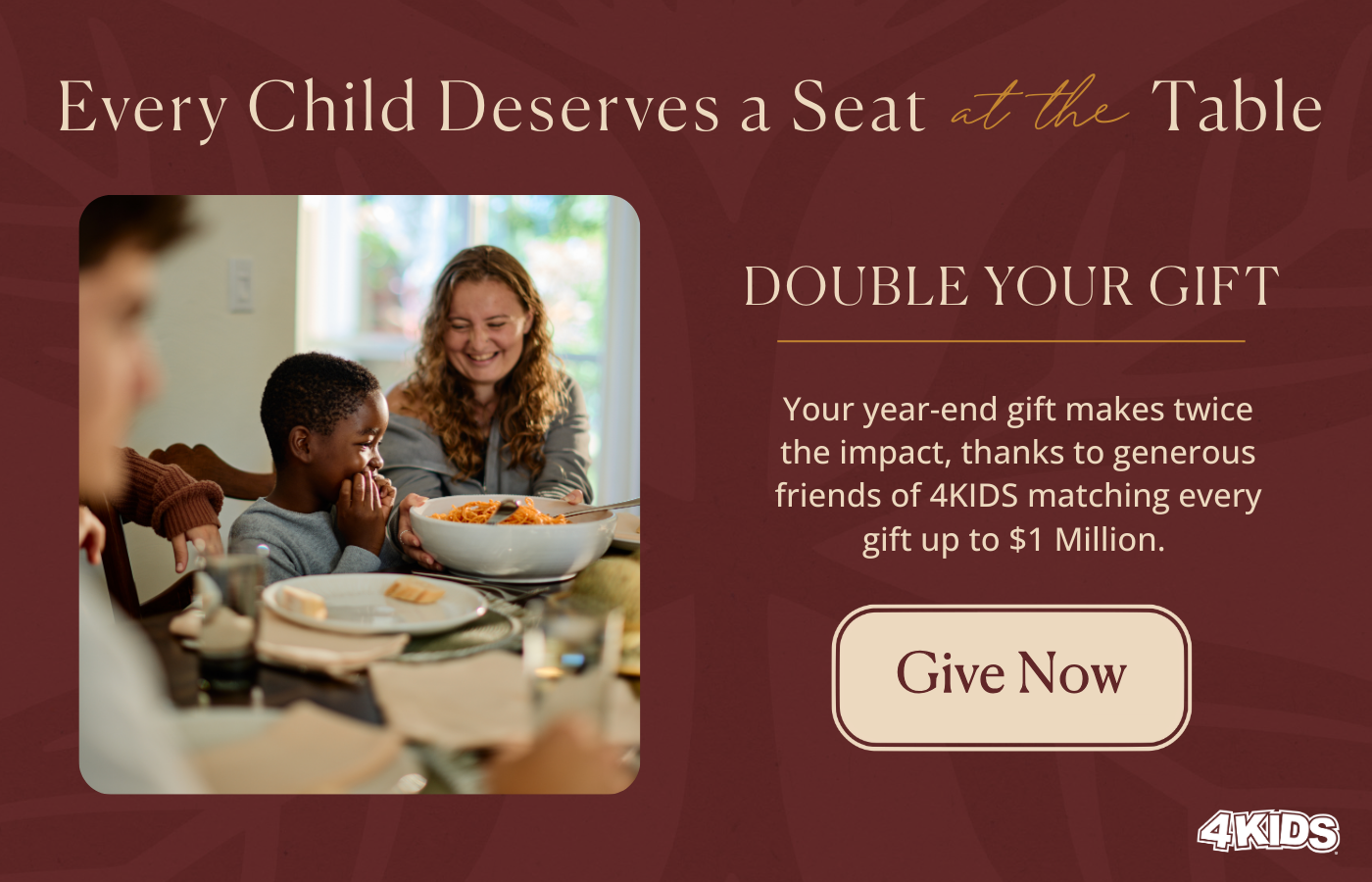
A trigger is a reminder of a past trauma. An example of trauma could be physical, mental, or sexual abuse, a rejection, neglect, abandonment, or a natural disaster the person experienced, amongst some other pain and suffering. A trigger causes someone to react in a way that is larger than usual or in an inappropriate way considering the triggering event. A triggering event could be a smell, a word, a tone of voice, a movie, a song, a touch, a look, feelings of rejection, disapproval, being controlled, amongst other that reminds the person of a trauma. So a trigger is similar to someone poking at an open and infected wound. It is painful, and for the outsider the response is out of proportion and exaggerated, but for the person being poked at, it is painful and the response difficult to prevent.
We know the children we serve come from hard places and trauma is present in their lives. The truth is we live in a broken and fallen world and trauma, is part of every one of our lives, even us as caregivers. We all have triggers.
Identify what upsets them:
The antidote to a trigger and the response it causes is ultimately healing, which would be pretty much disinfecting and cleaning the wound. However, being aware of triggers can help reduce the reaction to them. Understanding our children and taking into consideration their past in order to understand why they respond the way they respond to certain scenarios can reduce their trigger reactions. It is understanding their past, in order to know how to love them. It can be challenging to identify what exactly those triggers are, and it takes time, but the process of getting to know and to understand can help in their healing and in your own healing as caregivers. It also helps to reduce those reactive behaviors to the triggers which causes conflict and tension in relationships. We want our children to heal and healing happens through a healthy relationships.
Avoid what upsets them
Once we gain the understanding and the knowledge of their triggers and our own triggers as caregivers, avoiding them as much as possible is encouraged so the reaction to them is prevented. When the triggers are identified, the results are often amazing. It would be much easier for both people to manage their conflict and their emotions once they understand their triggers.
Don’t take the child’s behavior personally. It’s not about you!
As we are still getting to know our children and even ourselves the process of preventing to upset them and the process of completely understanding why they behave the way they behave will take time. Avoiding their behavior all the time can be difficult and a very high expectation to be placed on a caregiver. In order to continue on this journey of healing we must live in the grace that was extended to us by Christ. Sometimes children behaviors cannot be avoided and it is not related to anything caregivers said or did. They are behaving because they were reminded of their past. Be encouraged to forgive yourself and your children. And even if we reminded them of their past unintentionally, it is an opportunity to learn their triggers and even our own. It brings healing and growth to the relationship. Being honest with yourself about your own triggers as a parent and how we react to them as well can definitely help. This approach can feel harsh at first and quite uncomfortable, but it will help you learn to be more compassionate with yourself and others. Thinking honesty about your triggers is the only way to eventually heal them. Embrace that uncomfortable place that brings freedom!
Don’t hover – stay available and responsive but allow them to have breathing room.
Children need space to process their emotions. Their emotions are valid even when how they behave after they feel a certain way is not appropriate. The feeling is always okay but the behavior sometimes is not okay. Teaching our children that difference and assisting them in gaining that awareness is important for their growth and healing. By staying available and responsive to their needs without overshadowing their feelings and the moment with own feelings or by how we think they should or should not be reacting is giving them the space to express their emotions. This might mean sitting with them in their pain and just being present as they feel, with no expectations or judgement. This might also mean allowing them to go through their emotional storm as you observe from a far. This will look different for every child and understanding their specific needs and being intentional about providing what is needed is essential. By providing an environment where children feel safe expressing how they feel and reassuring them that there is a way through the emotional storm improves their connection with the caregiver, improves their ability to communicate and ability to trust, which is needed for their healing.
“The purpose in a man’s heart is like deep water,
but a man of understanding will draw it out.” Prov 20:5
I pray we all become “understanding” parents who “draw out” the “deep waters” within our children hearts as we continue on this path of healing, a calling He has given us.

